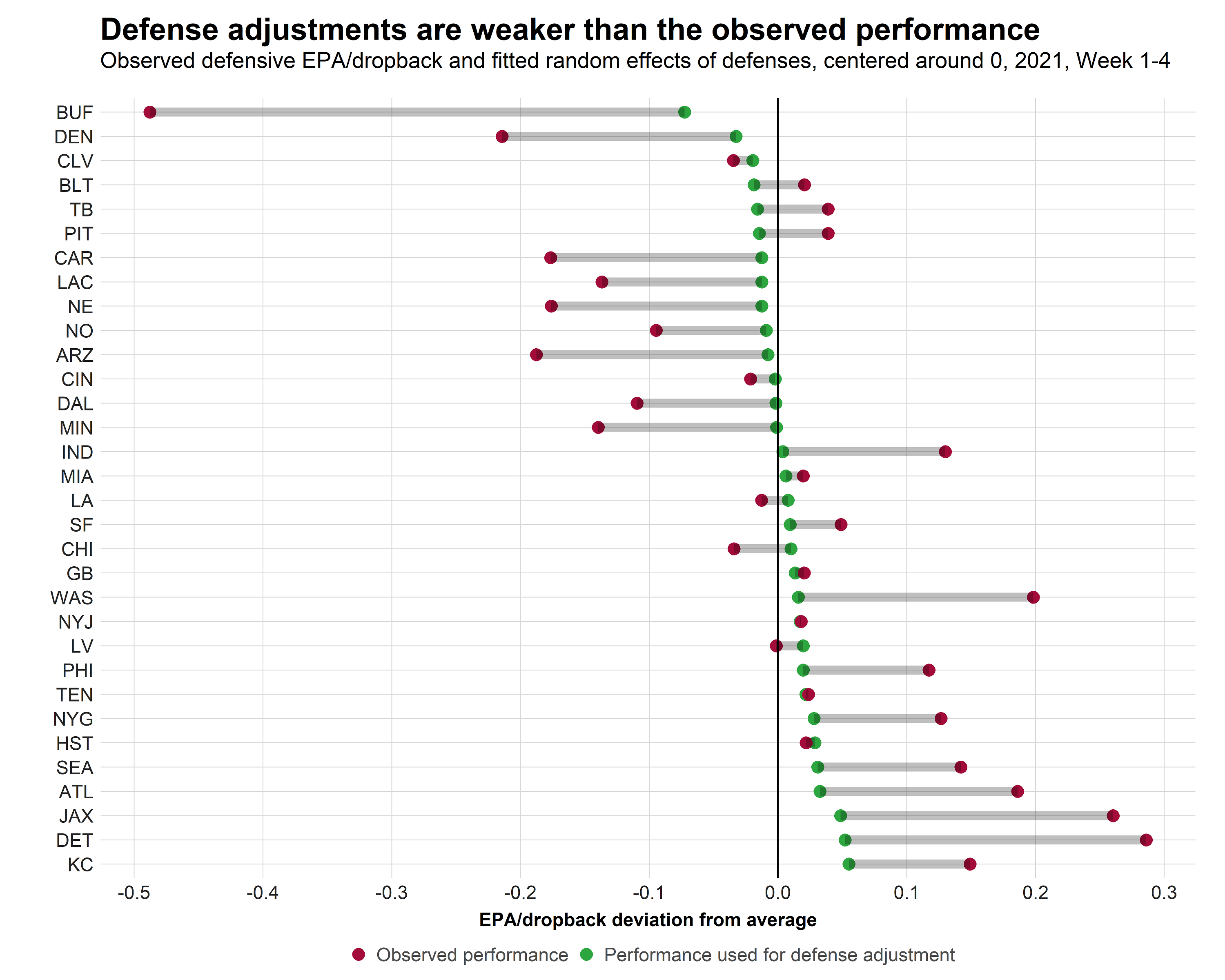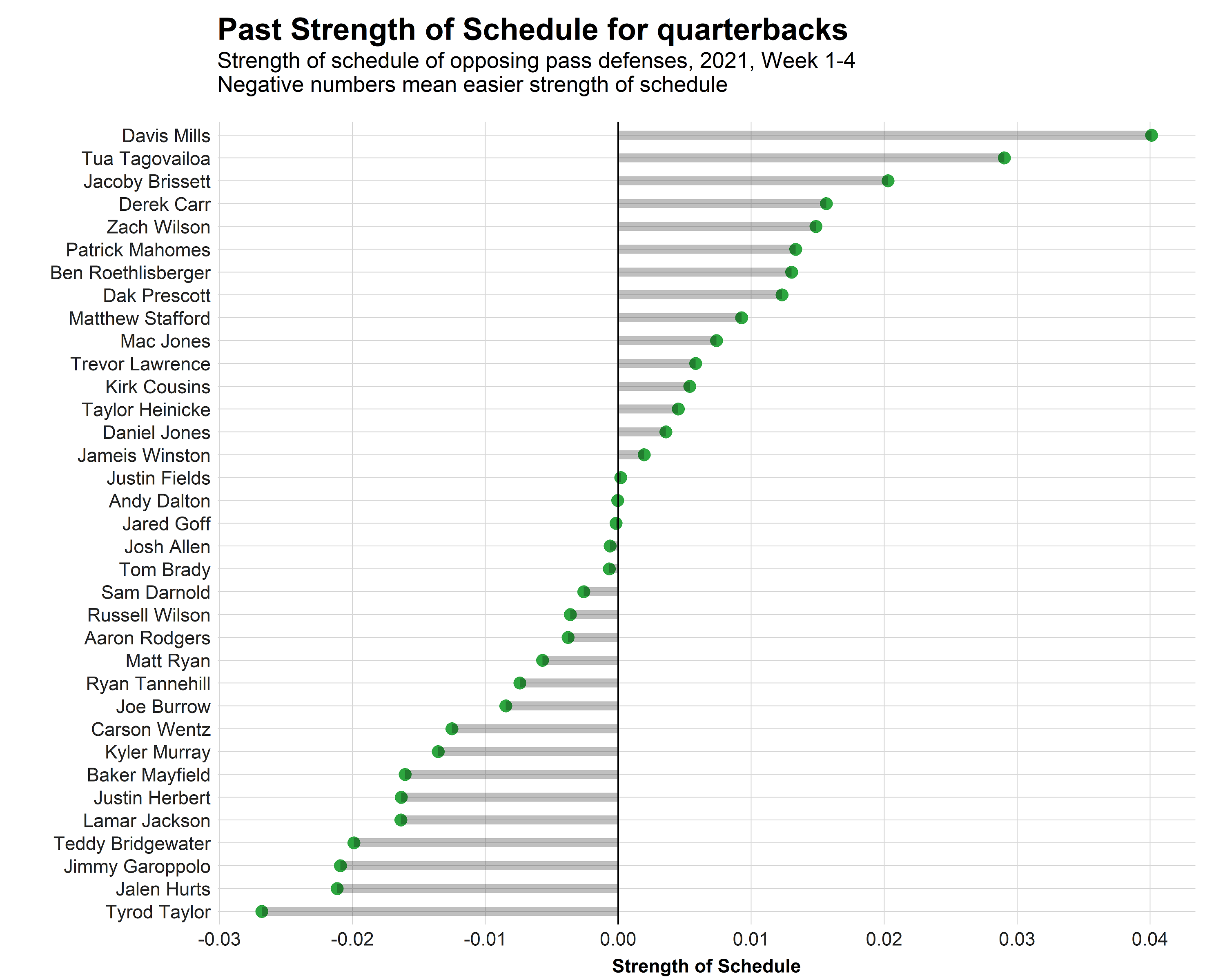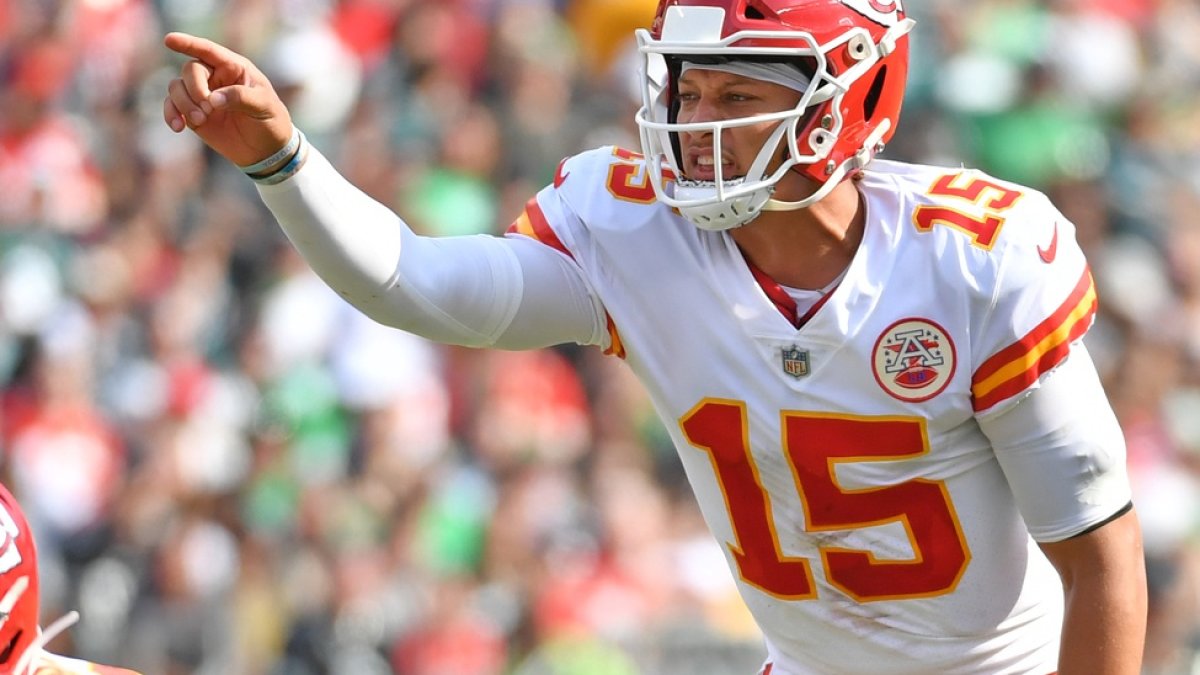Four weeks of the 2021 NFL season are in the books, and we’ve already learned a lot about the quarterback landscape. While the Bills are winning by the largest margin of all teams in the NFL, Josh Allen doesn’t play like someone who would win the MVP trophy in February. So far, the same is true for Russell Wilson.
However, another NFC West quarterback has catapulted himself at the top of the MVP conversation: Leading the only 4-0 team in the league, Kyler Murray is probably the MVP of the league right now — after watching his combination throws and scrambles, everyone understands why.
Click here for more PFF tools:
Rankings & Projections | WR/CB Matchup Chart | NFL & NCAA Betting Dashboards | NFL Player Props tool | NFL & NCAA Power Rankings
Still, this article is not supposed to crown the MVP after four weeks; it’s about projecting who has the best chance of winning the award when it’s all said and done. And when it comes to the bigger picture, this is still Patrick Mahomes’ award to lose.
Related content for you: PFF's NFL First-Quarter All-Pro Team via Sam Monson
Before we come to the rankings, a short overview of the methodology:
- We trained a model to predict the winner of the MVP award based on only three regular season parameters after week 18 concludes:
- The number of wins (and how that ranks across the league)
- Rank in own division
- Expected points added per play (and how that ranks across the league)
- Since the model works with the regular season stats in hindsight, we need to simulate the remaining games of the season to find results with which we can feed the model. We invoke our weekly win total simulations as well as a bayesian updating method to simulate each quarterback’s EPA per play in 2021.
- During the season, we update our beliefs on all quarterbacks with bayesian updating, incorporating up-to-date EPA per play and making adjustments based on PFF passing grade, our charting data — which can identify plays with bad results that aren't the quarterback's fault — and the quality of defense faced.
- Using these updated beliefs, we can simulate the EPA per play for the remainder of the season for each quarterback.
- The number of wins and whether a QB wins his division is obtained from our weekly win totals simulations.
- The goal isn’t to describe who would be MVP if the season ended right now, but rather to predict who will have the best combination of individual stats and team wins at the end of the season (and hence wins the MVP award).
Defense adjustments
First we adjust for each defense to find which quarterbacks played the most difficult schedule (and receive the highest positive adjustments). Since it’s still early in the season, the defense adjustments are based on both opponent-adjusted performance this season as well as a prior from the offseason. With each passing week, the prior will play a smaller role and will be fully disregarded after eight weeks of play.

The defensive strengths of the teams lead to the following adjustments for quarterbacks (a positive adjustment means a difficult schedule so far, a negative adjustment means an easy schedule):

Of course, it’s also interesting to look at future strength of schedule based on the current strength of defenses. In this chart, a positive number means an easy future schedule (i.e. the player is supposed to generate more EPA due to playing easier defenses):

The Favorites



 © 2024 PFF - all rights reserved.
© 2024 PFF - all rights reserved.